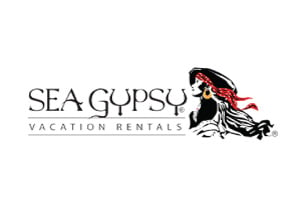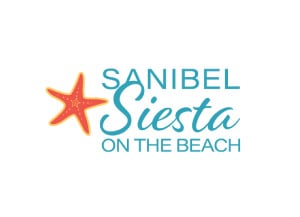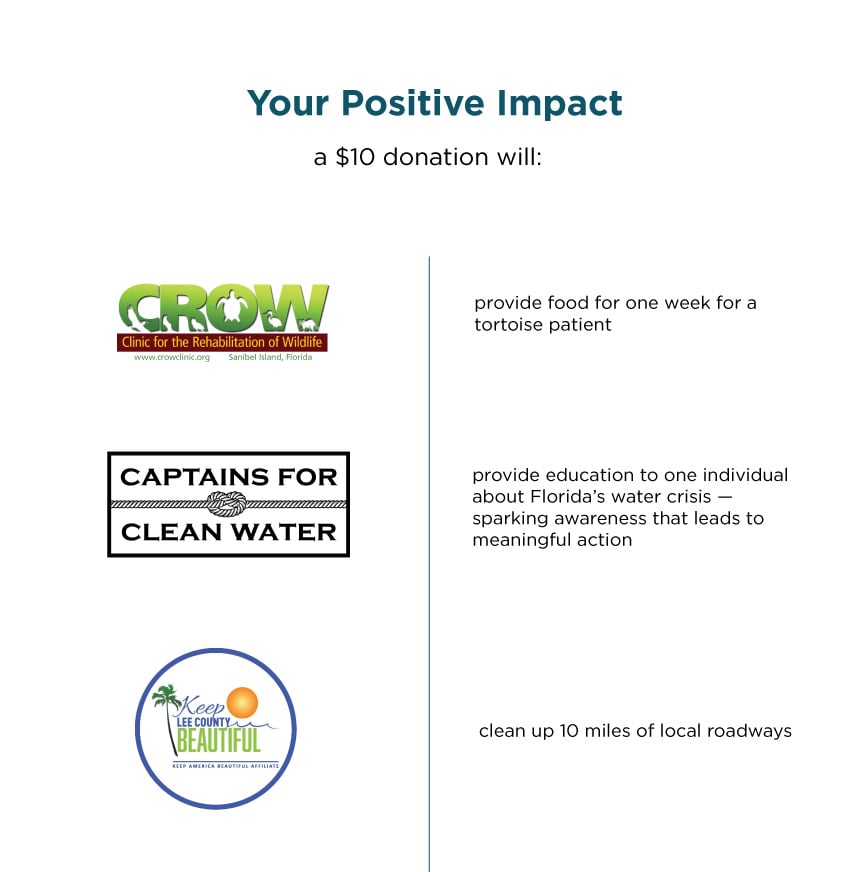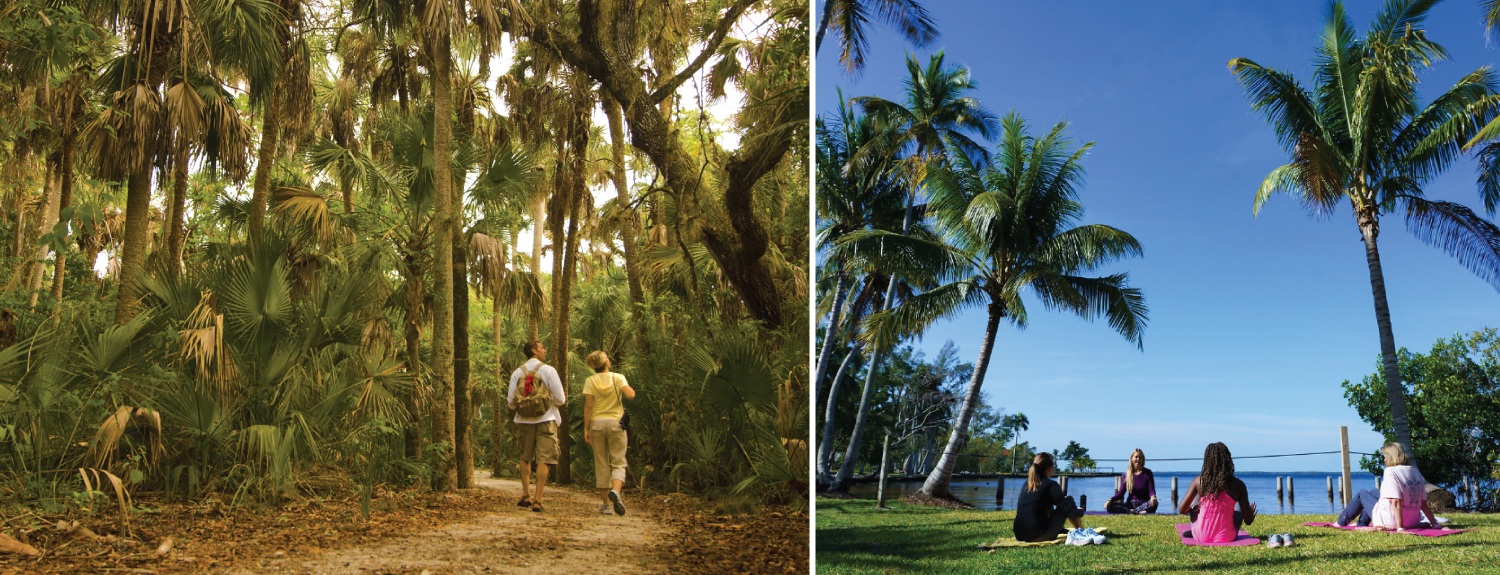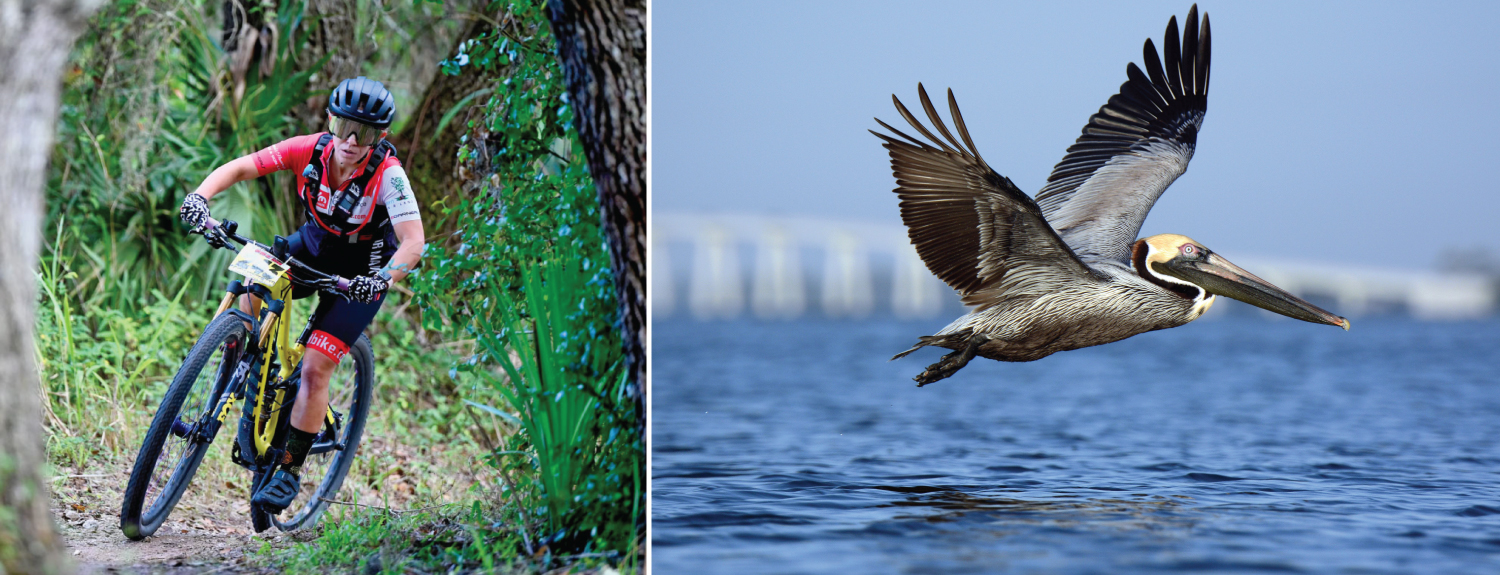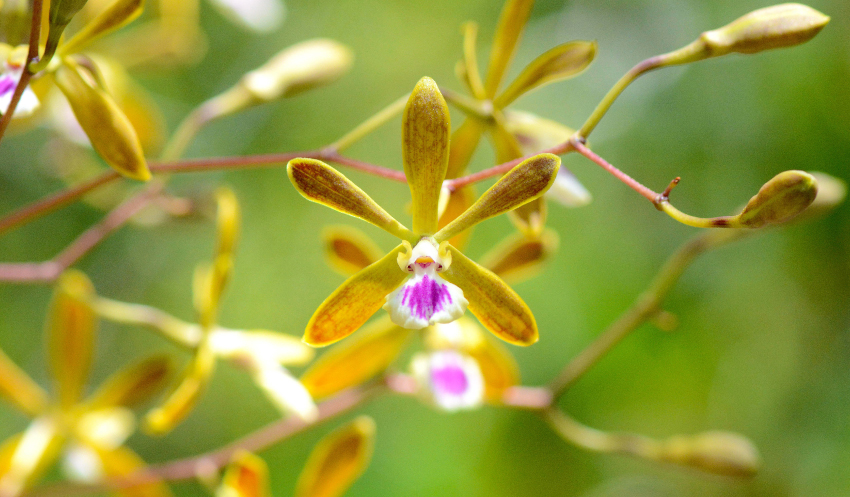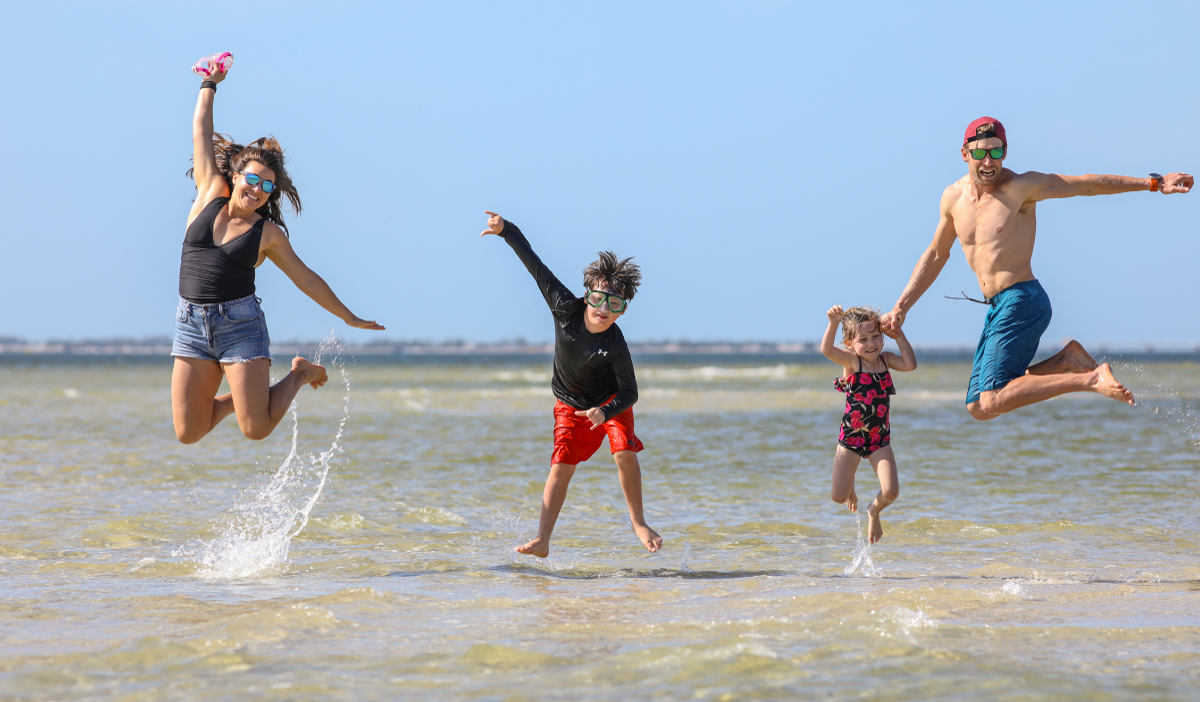Fort Myers - Islands, Beaches and Neighborhoods
Member Since July 2025
total funds raised
donated to charities
Every Stay Gives Back Members
miles of road cleanup by Keep Lee County Beautiful
weeks of milk provided to otter pups by CROW Clinic
KIND FACTORS
This is no secret treasure, mind you. Limited beach development and conservation has preserved the beauty of these beaches that draw nearly five million visitors annually. One in five jobs in the county is supported by tourism, with 26 percent of tourist tax collected (approx. $10 million annually) used to maintain these world-class beaches. And, the local residents and businesses help make the greater Fort Myers area kind and clean - in fact, Lee County is ranked third among Florida’s 67 counties by the Florida Department of Environmental Protection. “The amount of material Lee County residents and businesses recycled in 2024 would be enough to fill 310 football fields 10 feet high,” said Kylar Johnson, who spearheads Lee County Solid Waste recycling program. “Recycling credit comes from curbside programs, business recycling, yard waste, construction and demolition debris, scrap metal, and energy recovery at the Waste-to-Energy plant in Buckingham. Thank you to our residents, visitors, and businesses for helping us build a cleaner, greener Lee County!”
This program’s environmental guidelines enable the hospitality industry to evaluate operations, set goals and take specific actions to continuously improve environmental performance. It’s not just seasonal sun-seekers that drive the need for sustainability, 95 percent of locals have agreed the Lee County Sustainability Plan is necessary for the future growth of the community. Recently, Conservation 20/20, along with other government agencies, has worked to conserve 120,000 acres of natural habitat for, not only beach dwellers, but protected species in the area including Burrowing owls (largest pop. in Florida), manatee, Loggerhead sea turtles and the Gopher tortoise.
Land lovers will have plenty of terrain to explore with Fort Myers and the surrounding area's 100+ miles of hiking and biking trails. With two communities designated as Bicycle Friendly by the League of American Bicyclists: Sanibel Island has 25 miles of easily accessible bike paths that meander through subtropical hammocks that lead to the J.N. “DING” Darling National Wildlife Refuge. Nearby Cape Coral boasts almost 100 miles of shared use bike lanes that connect to neighboring Matlacha and Pine Island, fishing villages that are adorned with historic cottages transformed into art galleries, waterfront eateries and shops.
At the J.N. "Ding" Darling National Wildlife Refuge, explore 7,600 acres, home to 51 types of reptiles and amphibians, 32 mammal species, and more than 245 species of birds. In North Fort Myers, Prairie Pine Preserve offers 20+ miles of friendly trails, including an ADA accessible loop, and an on-leash dog path. A must-do is the Great Calusa Blueway Paddling Trail, 190 miles of paddling and kayaking trails and tributaries weaving through mangrove-lined estuaries and across open Gulf waters. This kayak and canoe excursion puts paddlers face-to-face with indigenous wildlife, foliage and shell mounds, offering a peek inside Old Florida, the way the indigenous Calusa experienced it.
No discussion of the Fort Myers area would be complete without mentioning the beaches, numerous islands and coves, and endless opportunities for shelling - known to be some of the best in the world. Finding a stretch of unspoiled and unoccupied beach shouldn’t be hard to do. Just don’t forget your (biodegradable and eco-friendly) sunscreen!



